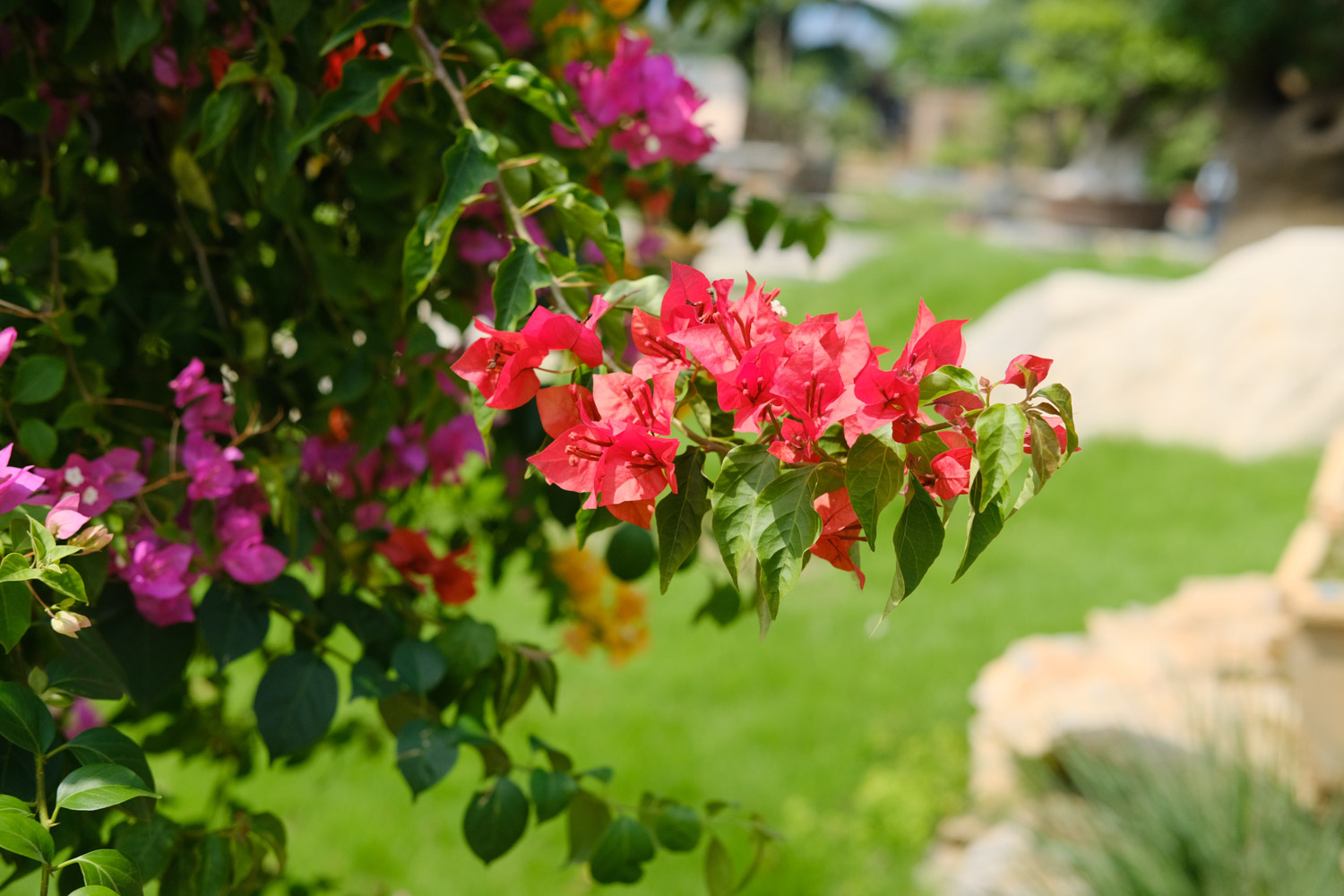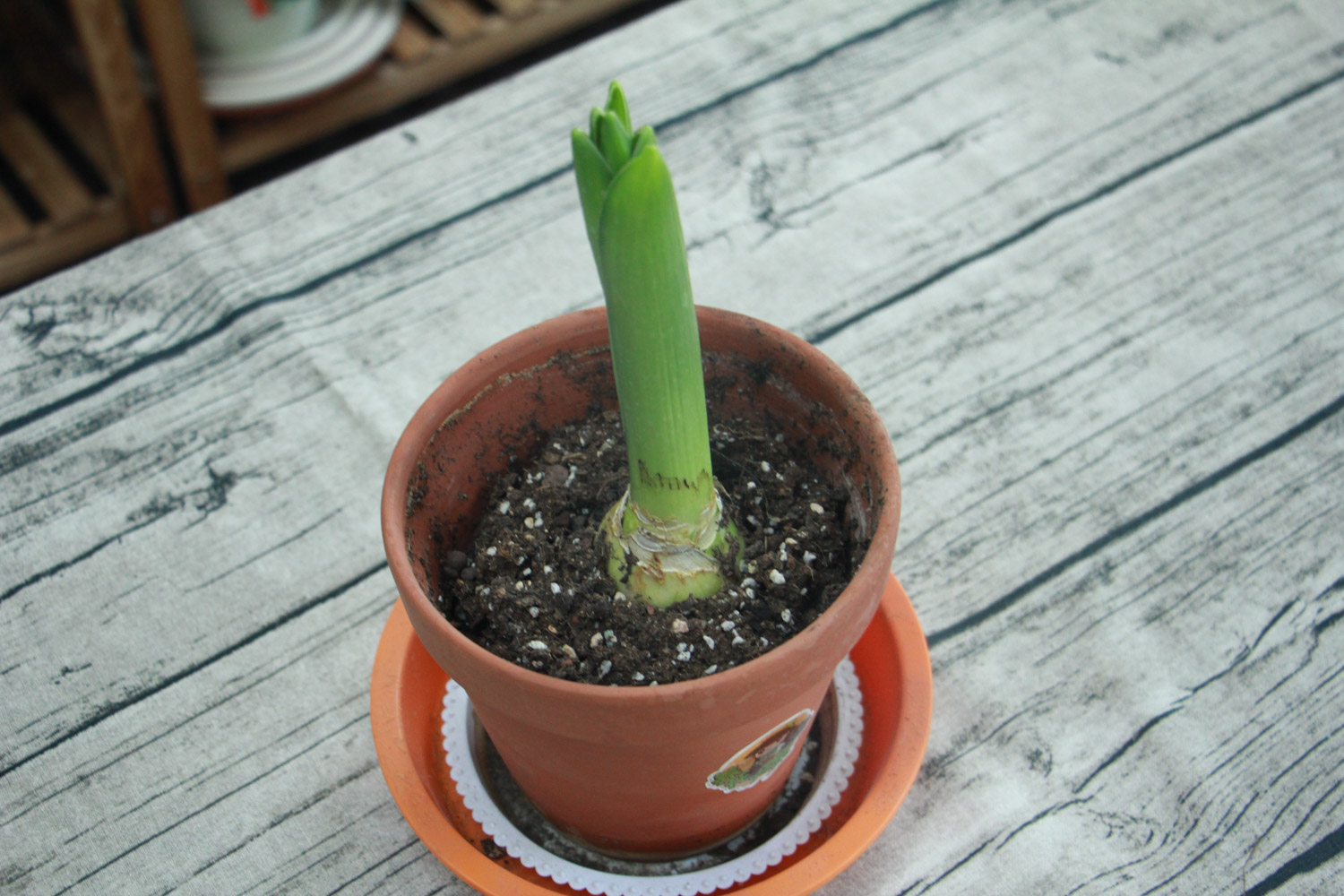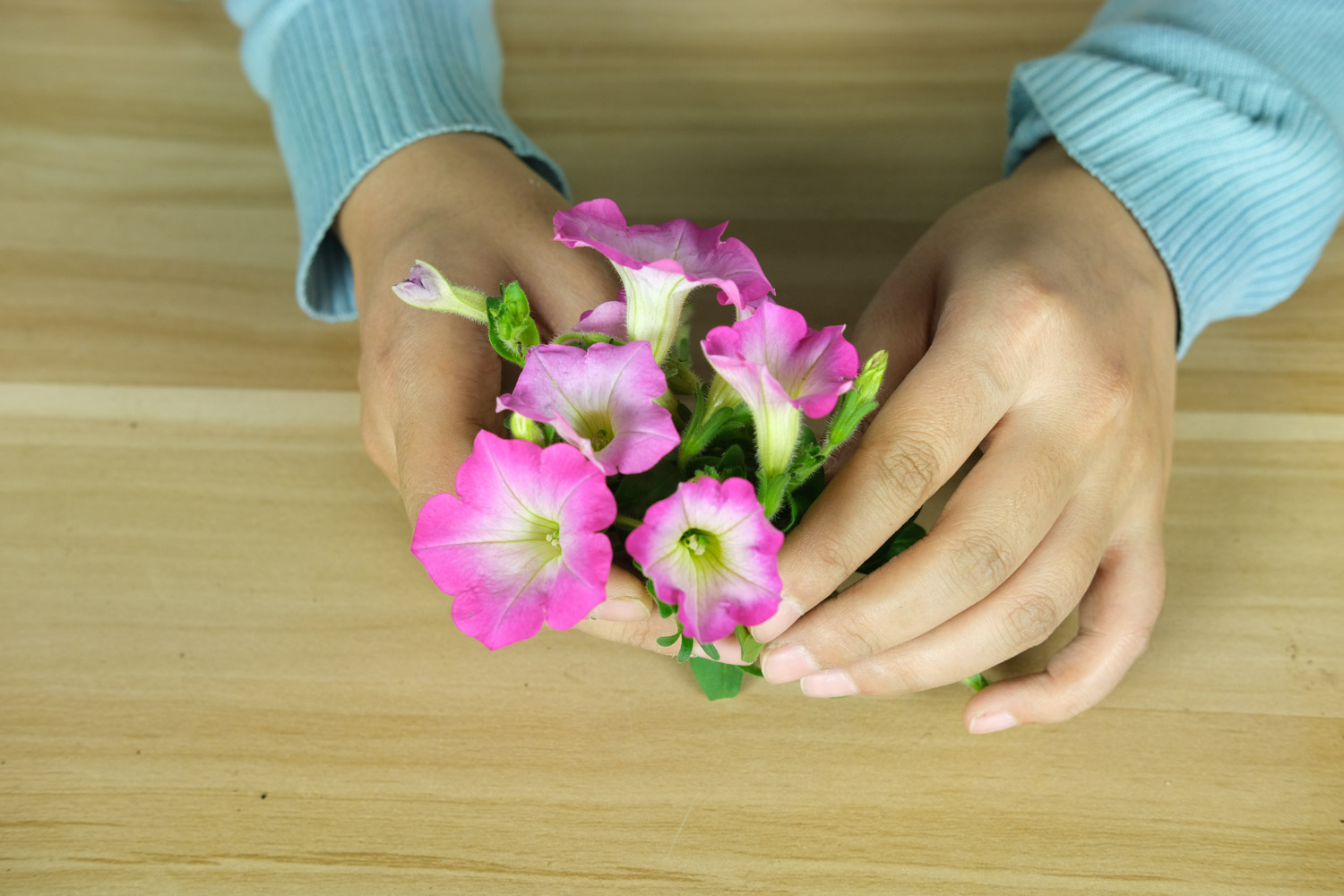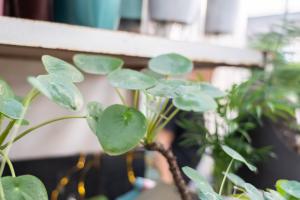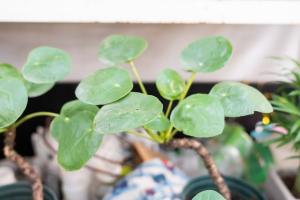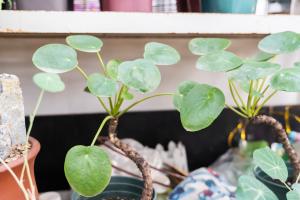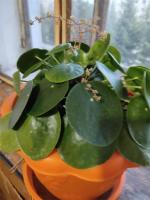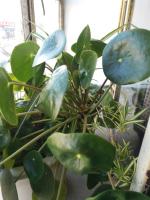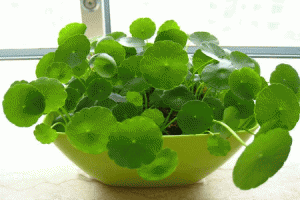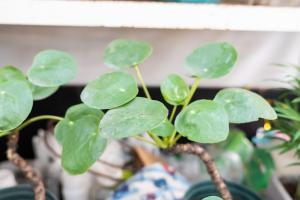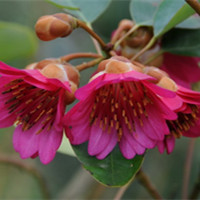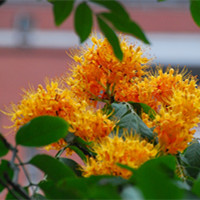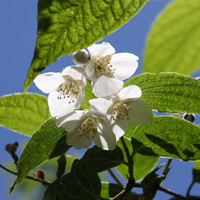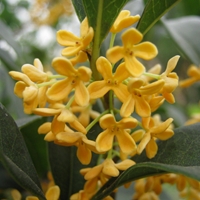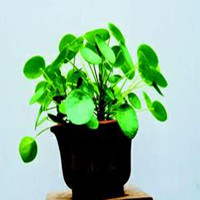Mirror grass nickname
A little gold, clematis, Cuiping grass
Morphological characteristics of mirror grass
Mirror grass is a perennial succulent herb, glabrous, tufted and rhizomatous. Stem erect, thick, unbranched, 2-13 cm high, 5-10 mm thick, dense nodes, greenish, brown when dry
The leaves are aggregated at the top of the stem, and the upper part of the stem is densely covered with scaly stipules, with large leaf scars and semicircular shape. The leaf blade is fleshy, becomes papery when dry, nearly round or oval, 2.5-9 cm long and 2-8 cm wide. It is shield shaped, inserted on the petiole, the apex is blunt or round, the base is round or emarginate, the edge is entire or light wavy, green above and gray green below. It is in the shape of a fine bee case when dry, and the clock milk body is thin rod-shaped
Growth habit of mirror grass
Mirror grass likes shade, but it also grows well in a sunny greenhouse. The suitable temperature for growth is 16-20 ℃
It is suitable for growing on peat soil with relatively humid and good drainage. It is very shade resistant. It can grow as long as it can see the light of ordinary newspapers, so it is very suitable for indoor potting in families
It likes warm and humid environment. When it is lower than - 4 ℃, it will suffer from chilling injury, and the leaf color will lose luster or even fall off. It likes loose loam with good drainage and rich in humus. Humus soil can be taken from the shade of trees in the mountains, or it can be made by adding a little river sand, coal ash and base fertilizer to rotten leaf soil and peat
It is easy to blossom and bear fruit in warm areas, and the mirror grass is cold resistant. It can survive the winter safely outdoors in the south
Function of mirror grass
Viewing: since its introduction into Europe in the early 20th century, mirror grass has been introduced and cultivated for botanical gardens and horticultural lovers in Britain, Sweden, Norway and other countries. It is regarded as a treasure of indoor foliage flowers and is deeply loved by people
Its leaf shape is peculiar and its posture is beautiful. It grows rapidly. It is easy to reproduce and suitable for greenhouse, courtyard and indoor cultivation. It is an ideal foliage plant worthy of promotion. At the same time, it is also a good material for making and decorating bonsai
Medicinal use: Mirror grass can be used as medicine. It has the effect of anti-inflammatory and detoxification. It is used for erysipelas and bone setting. There are records about the treatment of swelling and pain in Dian Yao Lu
Flower language of mirror grass
Be open and aboveboard


